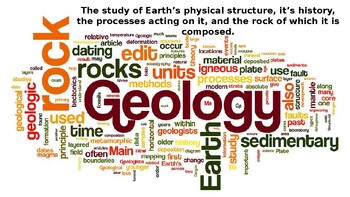Geology - Earth's Physical Structure PowerPoint
- PPTX
Description
Uncover the mysteries of our planet's hidden depths with this captivating 9-slide PowerPoint presentation – the ultimate resource for educators and parents teaching Geology and exploring the Earth's interior! Bursting with fascinating facts and vivid visuals, this presentation is sure to inspire curiosity and spark wonder in students of all ages.
Journey to the core of the Earth and unravel the secrets of its intricate layers. From the solid inner core to the molten outer core, each slide is a treasure trove of knowledge, providing a comprehensive overview of the Earth's composition and structure.
This presentation also offers a tantalizing glimpse into the dynamic world of plate tectonics – the geological theory that explains the movement of Earth's lithospheric plates. Through clear and concise explanations, students will gain a deeper understanding of how these tectonic forces shape our planet's surface and drive processes such as earthquakes and volcanic activity.




